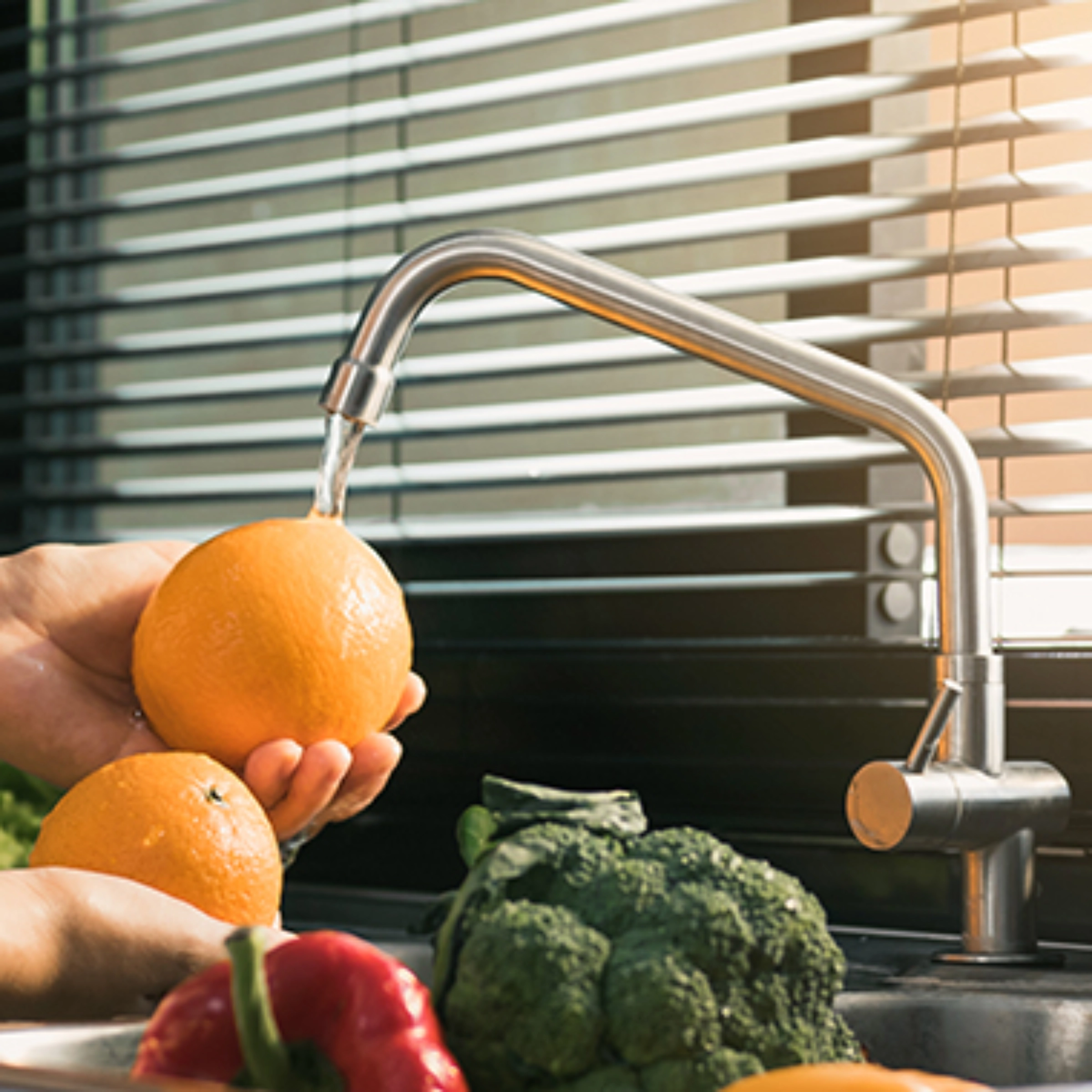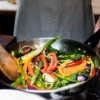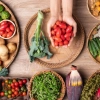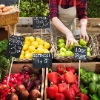Eco-friendly recipes

In a world where climate change and environmental pollution increasingly pose pressing problems, sustainable practices are becoming more important even in the kitchen. However, using eco-friendly recipes is worthwhile not only for ethical and ecological reasons—they can also positively influence our mood and spirits. In this post, we inform you about eco-friendly recipes and suggest simple, sustainable dishes that you can easily recreate.
What characterises environmentally friendly recipes?
Eco-friendly recipes are dishes prepared with a focus on sustainability and environmental protection. They rely on practices that reduce the ecological footprint, conserve resources, and minimize the consumption of energy-intensive ingredients.
- Use of seasonal and regional ingredients
- plant-based diet
- reduction of food waste
- avoidance of single-use packaging
- energy-efficient preparation
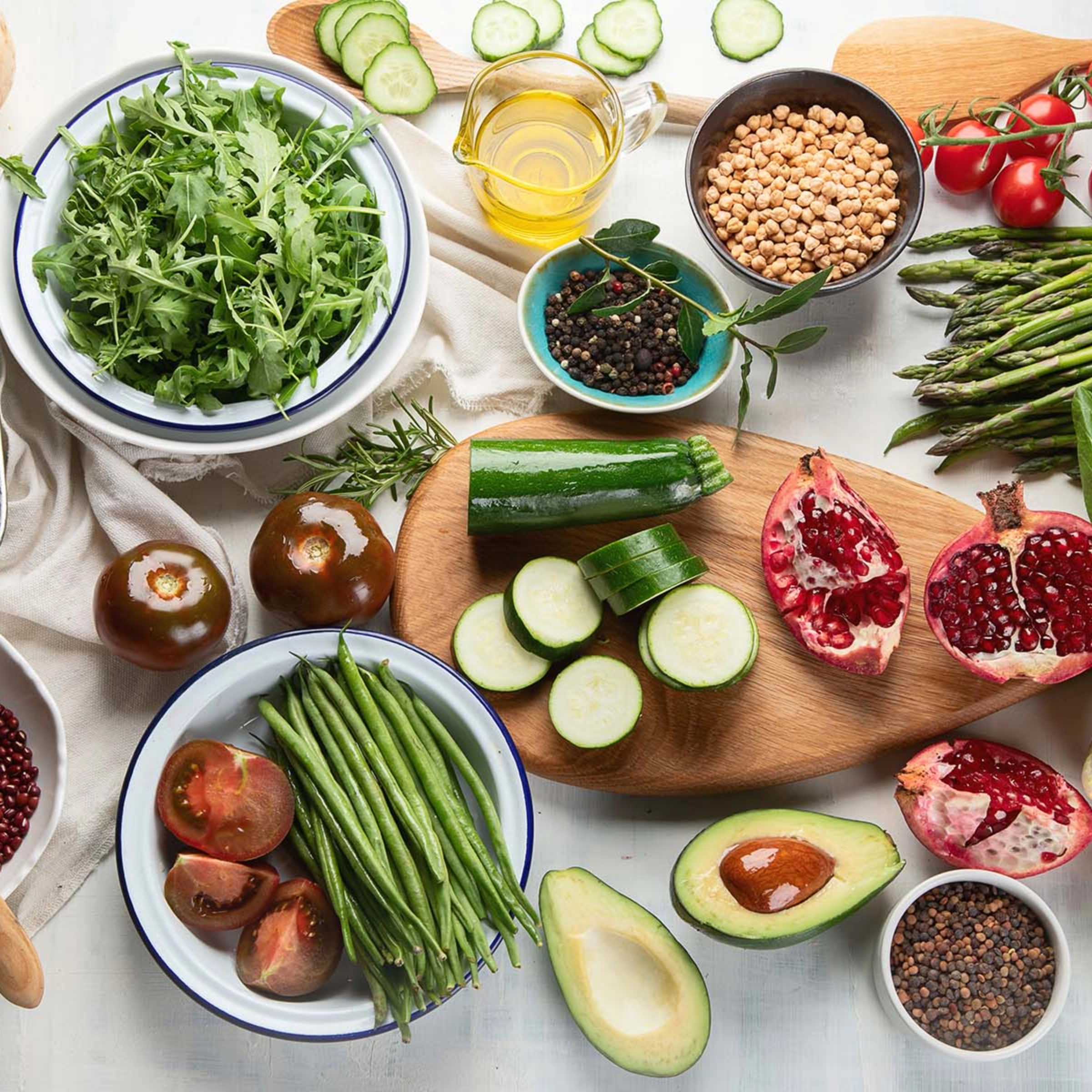
7 criteria for environmentally friendly food
The following 7 criteria will help you choose environmentally friendly food:
- sustainable agriculture
- seasonal and regional availability
- plant-based options
- avoidance of genetic engineering
- avoidance of chemical pesticides and fertilizers
- species-appropriate animal husbandry
- sustainable packaging
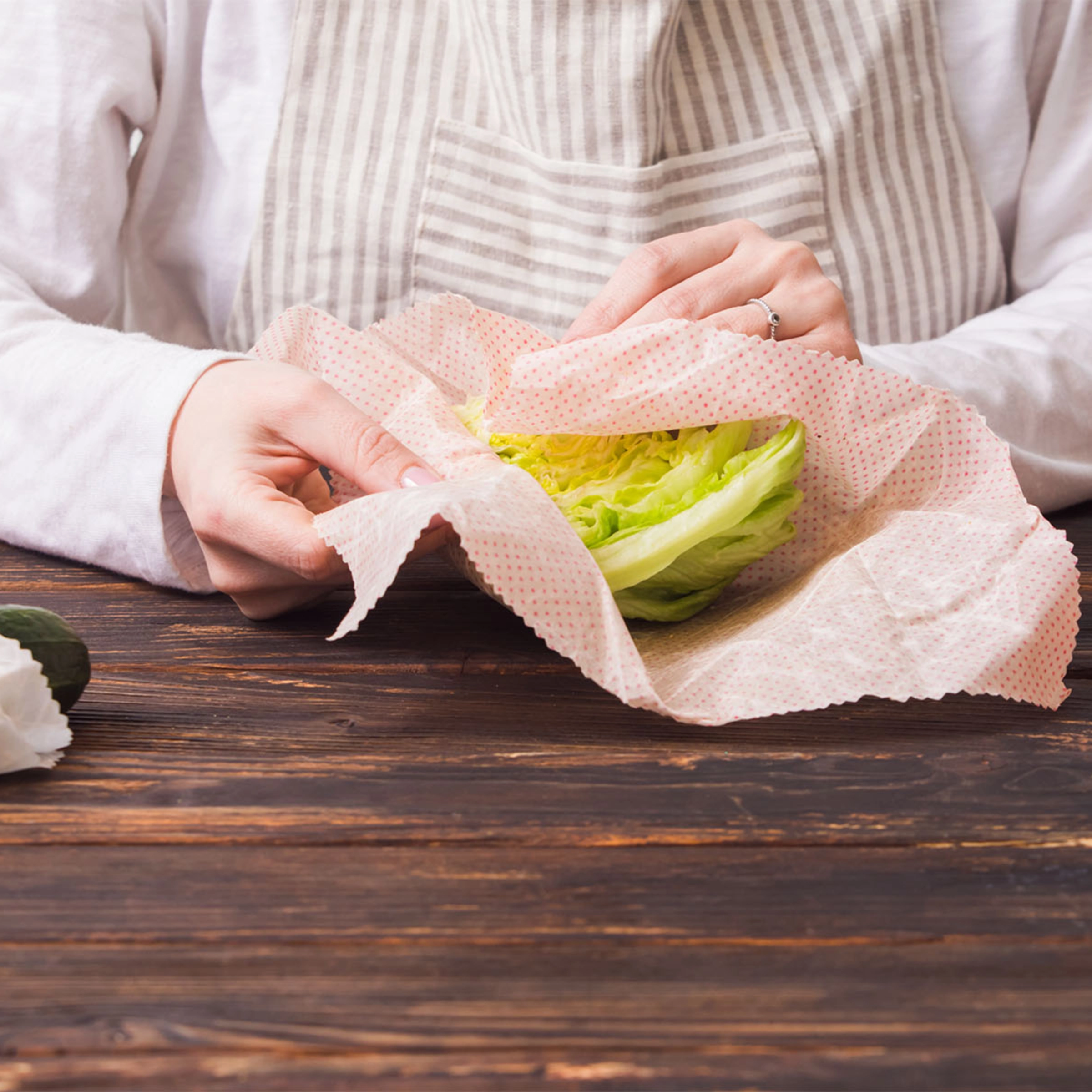
How is the CO2 footprint calculated?
The CO2 footprint is calculated to determine the amount of greenhouse gas emissions caused by a specific activity, process, product or person. Carbon dioxide (CO2) emissions are used as a benchmark, as it is the most common greenhouse gas.
The calculation of the CO2 footprint typically involves 4 steps:
- Data Collection: Gathering relevant information on activities, processes or products that cause CO2 emissions
- Emission Factors: Using specific values to determine the CO2 emissions per unit of the collected activity
- Calculation: Multiplying the gathered activity data by the corresponding emission factors to quantify the CO2 emissions
- Aggregation: Summarizing the calculated CO2 emissions to determine the total CO2 footprint

Why is environmentally friendly cooking important?
Environmentally friendly cooking is important to reduce the ecological footprint, conserve resources, and contribute to combating climate change.
Impact of consumption on the environment
Our consumption has a significant impact on the environment. Through our consumption choices, we can influence resource consumption, energy consumption, and environmental impacts. For instance, the high consumption of products leads to increased demand for raw materials, water, and energy, causing environmental damage and greenhouse gas emissions. The production, packaging, transportation, and disposal of consumer goods can contribute to air, water, and soil pollution.

How can each individual contribute?
Every single person can contribute to protecting the environment by integrating simple measures into their everyday life:
- Reducing energy consumption
- Sustainable mobility
- Water conservation
- Avoiding single-use products
- Sustainable diet
- Waste reduction and recycling
- Supporting environmental protection organizations

Eco-friendly recipes: tasty and sustainable
This eco-friendly recipe is not only delicious, but also good for the environment. With sustainable ingredients and environmentally conscious preparation methods, we help reduce our ecological footprint and create a healthier future.
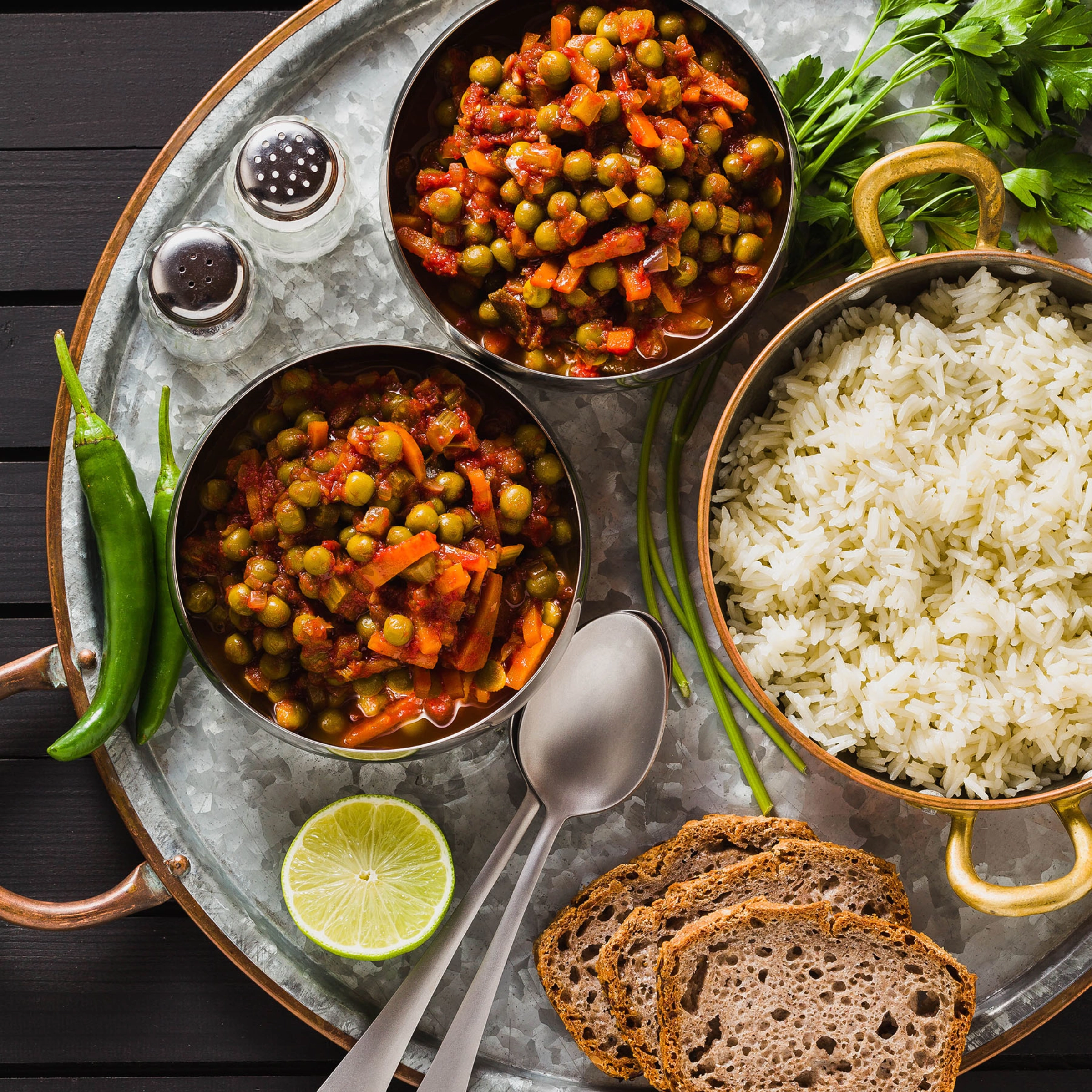
Vegetarian eco-friendliness with pea curryIngredients:
- 1 onion, chopped
- 2 garlic cloves, chopped
- 1 tsp ginger, grated
- 1 tsp curry powder
- 1 tsp cumin
- 1 tsp turmeric
- 1 can chickpeas, rinsed and drained
- 200 g frozen peas
- 1 can coconut milk
- salt and pepper to taste
- fresh coriander for garnish (optional)
- rice or naan bread to serve
Preparation:
- Heat some oil in a pan and sauté the chopped onion until golden brown.
- Add garlic and ginger and sauté for another 1-2 minutes.
- Add curry powder, cumin and turmeric and briefly roast to release the aromas.
- Add the rinsed chickpeas and frozen peas and mix well.
- Stir in the coconut milk and bring the curry to a boil.
- Reduce the heat and let the curry simmer for approx. 10-15 minutes until the peas are cooked and the flavors are well incorporated.
- Season with salt and pepper.
- Garnish the pea curry with fresh coriander (optional) and serve with rice or naan bread.
If at all, then fish from sustainable aquaculture as Omega-3 source
By preferring fish from sustainable aquaculture as a source of Omega-3, you support a responsible fishing industry, contribute to the protection of the marine environment, and obtain high-quality Omega-3 fatty acids for a healthy diet.
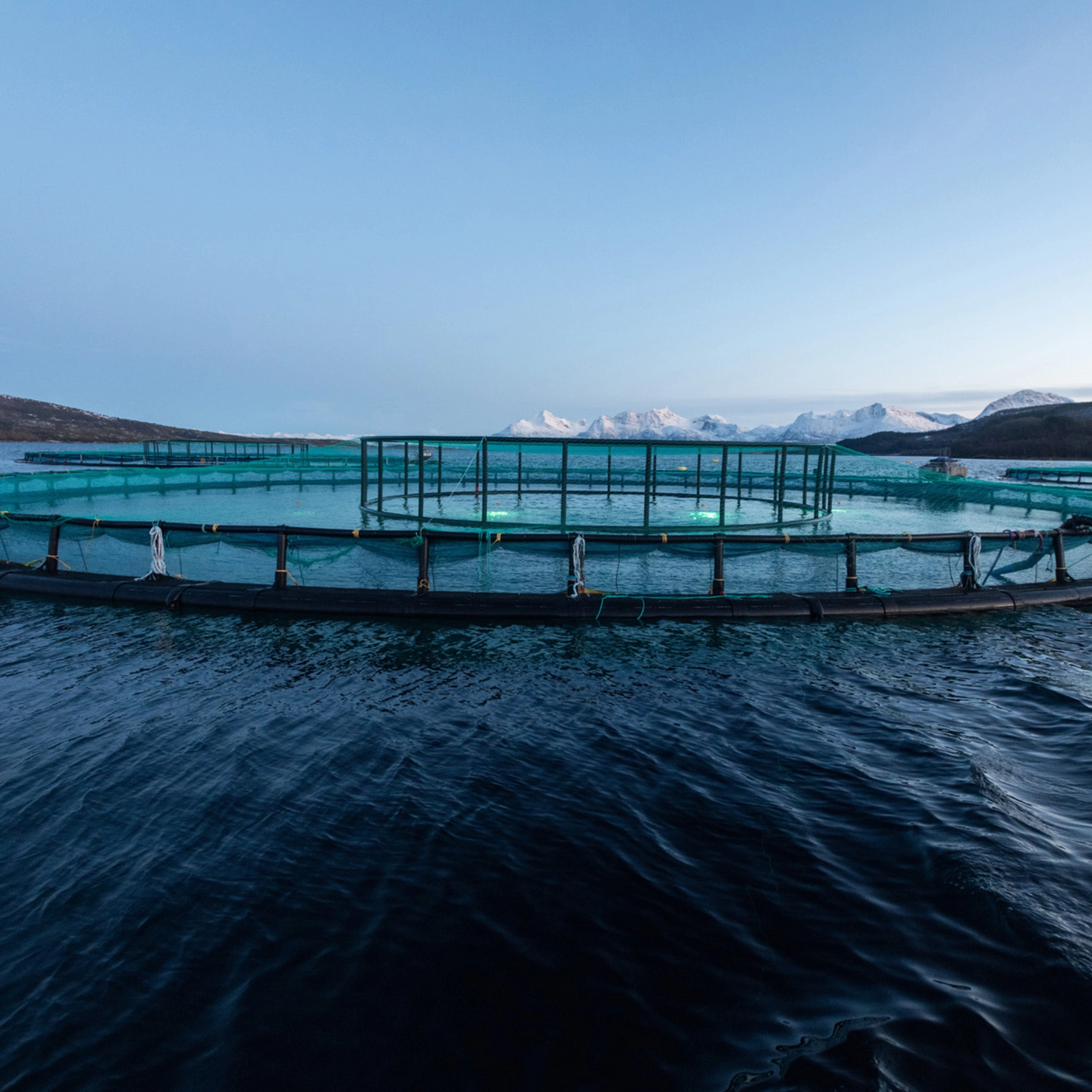

Where can I find even more environmentally friendly recipes?
Eco-friendly recipes from Nolte Küchen
More about sustainability and a selection of eco-friendly recipes can also be found here.
Online cookbooks for sustainable cookingOur top 3 online cookbooks for eco-friendly cooking are:
- „The Green Roasting Tin” by Rukmini Iyer
- „The Zero-Waste Cookbook” by Giovanna Torrico and Amelia Wasiliev
- „The Whole Fish Cookbook” by Josh Niland
We wish you much enjoyment and pleasure while cooking!












